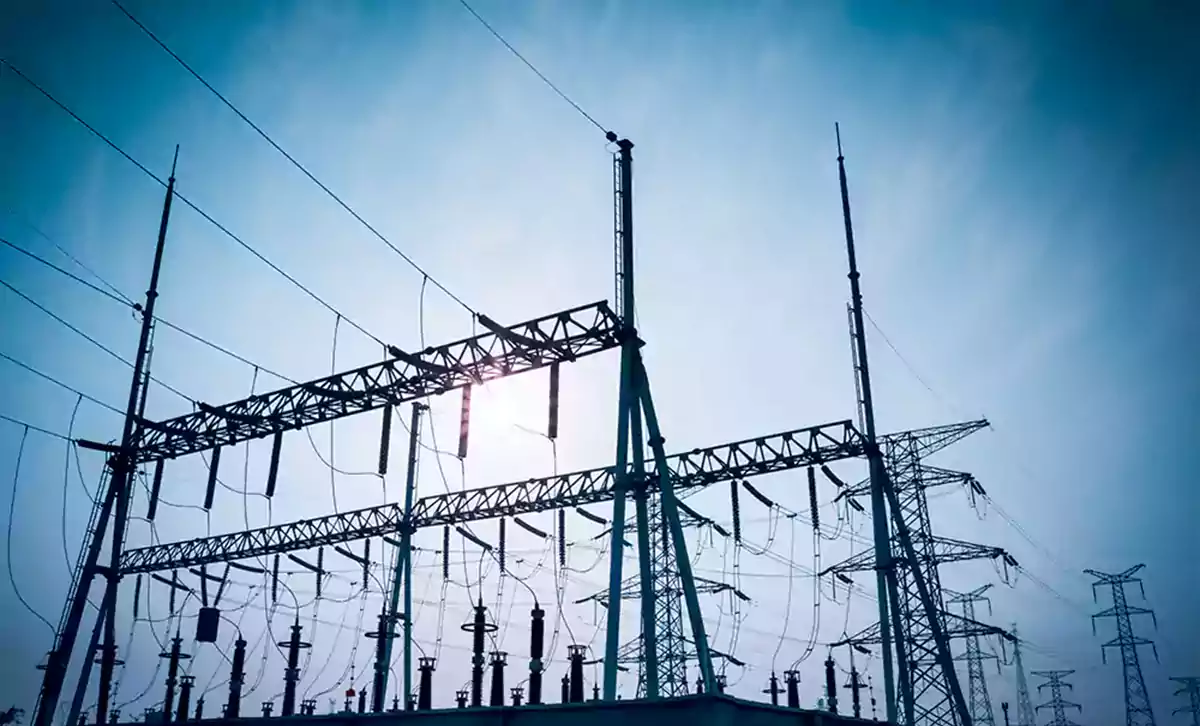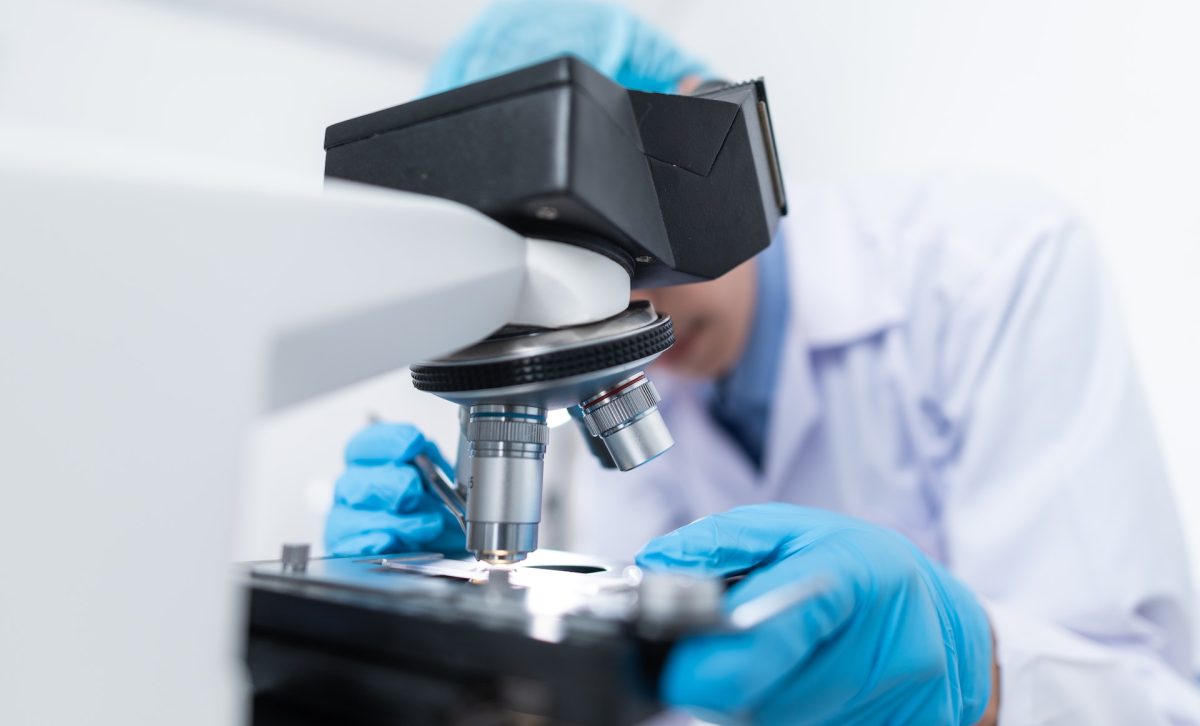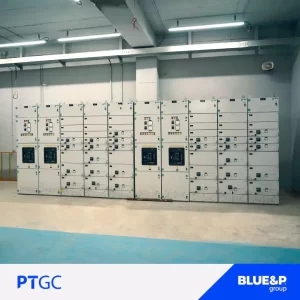Wastewater treatment capacity varies in different treatment plants and this capacity depends on the type of treatment plant. There are several types of refineries, and this article examines the common types.
4 types of treatment plants are most used:
1. Activated sludge treatment
2. Rotating disk system
3.Submerged aeration filter
4. Sequencing batch reactors
The operation of these wastewater treatment systems is described below.
1- Activated Sludge Plant (ASP)
Activated sludge treatment plant, also known as activated wastewater treatment, is one of the most common methods of biological treatment. In this method, by mixing wastewater and masses of active microorganisms in the tank and providing the necessary oxygen, treatment conditions are provided.
2- Rotating disk system
Wastewater treatment systems with a rotating disk system are a powerful and reliable solution for providing high-quality effluent. These systems are suitable for all applications and can be converted into existing wastewater management systems.
This system is an ideal solution for densely populated areas due to its low noise pollution and small size compared to other treatment plants.
Unlike other types of wastewater treatment systems, the rotating disk system requires sludge removal every 12 to 18 months. Also, there is no need for the presence of continuous manpower to carry out ancillary operations. However, due to the mobile nature of the mechanical and internal components of the rotating disk system, this system must always be maintained by qualified professionals and engineers.
Depending on the size and scale of the rotating disk system, servicing of this system should be done every 6 to 12 months.
3-Submerged air filter system (SAF)
Submerged drainage sump filter system is one of the common methods of wastewater treatment. This system also requires less maintenance due to the use of fewer moving parts.
No need for regular operators and high-quality effluent, submerged aeration system is suitable for domestic and industrial wastewater treatment.
4- Sequencing batch reactors
The purification system of successive batch reactors is known as a system that uses a specific sequence for purification. These systems have high flexibility and can treat a wide range of wastewater.
The size of this wastewater treatment system is also relatively small and easier to work with and requires little maintenance. It also saves a lot of money by eliminating cleaners.
Due to the importance of the waste treatment issue, an article has already been reviewed in various types of wastewater treatment reactors. It is hoped that by finding the best methods for wastewater treatment, it is possible to exploit this source.
Source: aosts.com








